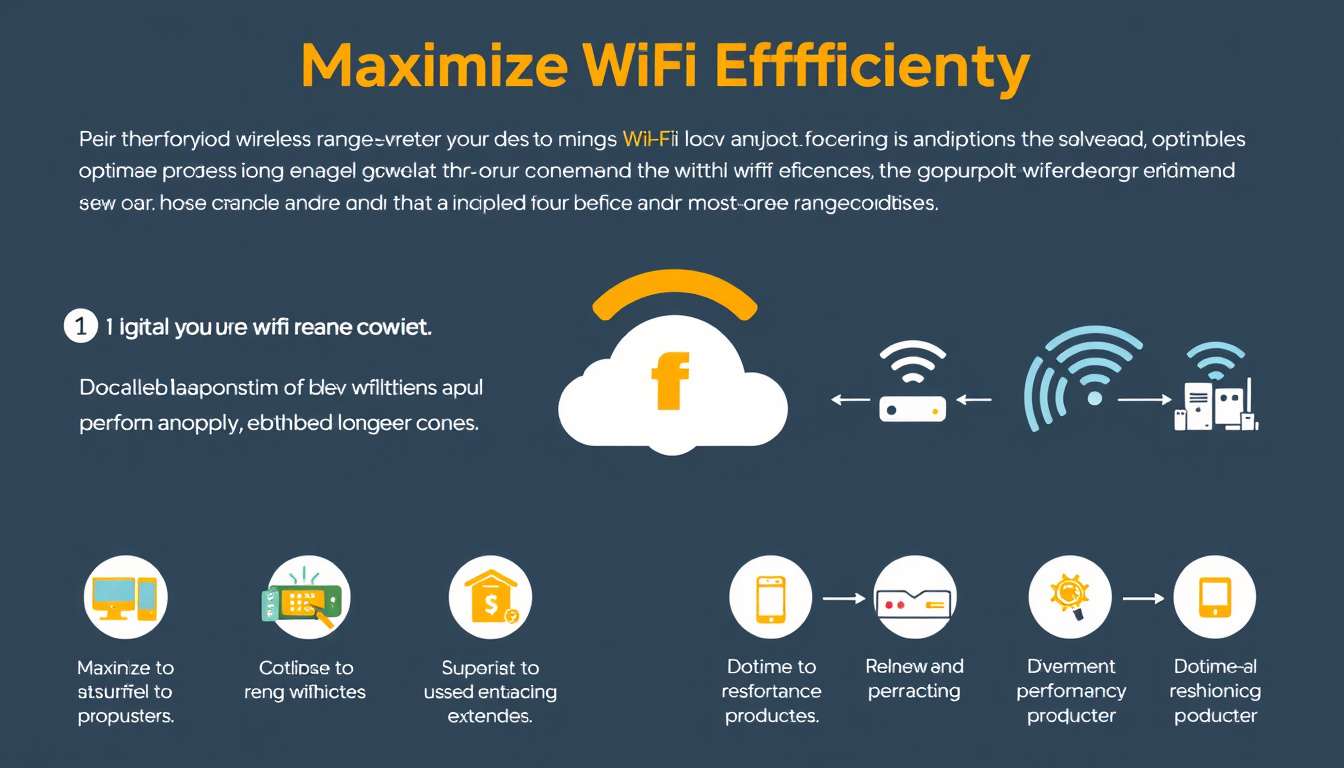In today’s connected world, maintaining a reliable wireless network is crucial. As homes and offices increasingly rely on internet connectivity, many users opt for wireless range extenders to address dead zones and enhance signal strength. However, excessive use of extenders can lead to interference and decreased performance. This article explores effective strategies to minimize the reliance on wireless range extenders while optimizing Wi-Fi performance.
1. Understanding the Role of Range Extenders
Wireless range extenders are devices designed to boost Wi-Fi signals, allowing coverage in areas previously too far from the router. While they can be a quick solution for signal issues, over-dependence on them can create a layered network, often resulting in confused devices and interference. Maintaining a streamlined network is essential for optimal connectivity.
2. Assess Your Wi-Fi Needs
Before implementing extenders, assess your current wireless network setup:
- Signal Strength: Use apps or built-in tools to check the strength of your Wi-Fi in various locations. Identify areas where coverage is weak.
- Device Count: Determine how many devices regularly connect to your network. Higher numbers may necessitate stronger base equipment rather than reliance on multiple extenders.
3. Optimize Router Placement
Router placement is critical for maintaining strong Wi-Fi signals and can negate the need for extenders:
- Central Location: Place your router centrally within your home or office, reducing the distance from its furthest reach.
- Elevation: Set the router higher, ideally between 3 to 5 feet off the ground. Avoid placing it in corners or enclosed spaces, as this can degrade signals.
- Line of Sight: Minimize obstacles like walls, furniture, and electronics that can absorb or reflect signals. Ideally, maintain a clear path for Wi-Fi to travel from the router to connected devices.
4. Configure Router Settings
Enhancing your router’s configuration can further improve network performance:
- Frequency Selection: Many routers operate on both 2.4 GHz and 5 GHz bands. The 5 GHz band is faster but has a shorter range, while 2.4 GHz covers larger distances but at lower speeds. Optimize your device connections according to their needs.
- Wi-Fi Channels: If you experience interference from neighboring networks, switch your router to a less congested channel. Many routers have an automatic setting that selects the best channel.
- Firmware Updates: Regular firmware updates for your router can enhance performance and security. Check the manufacturer’s website for the latest versions.
5. Expand Coverage with Mesh Networks

Instead of traditional range extenders, consider upgrading to a mesh Wi-Fi system. Mesh networks utilize multiple nodes that work together to provide seamless coverage across larger areas. These systems are designed to minimize interference and optimize connection quality as devices move throughout the space.
Benefits of Mesh Networks:
- Seamless Roaming: Devices automatically switch to the nearest node, which can enhance connectivity.
- Easy Management: Many systems provide easy-to-use apps for network management and optimization.
- Fewer Dead Zones: Mesh configurations ensure almost total coverage without the performance drip often experienced with extenders.
6. Limit Extender Usage
If you must use range extenders, strategically limit their number:
- Single Extender: Use only one or two extenders in larger spaces where absolutely necessary, minimizing interference and optimizing network efficiency.
- Strongest Connection: Always connect devices to the strongest available signal, which might mean manually selecting the base router signal over an extender if performance dips.
Conclusion
By refining router placement, optimizing settings, exploring mesh network options, and judiciously using extenders, users can significantly enhance their Wi-Fi performance. While wireless range extenders can fill gaps, fostering a robust network through strategic planning ensures that connectivity remains strong and reliable across all devices. With these steps, you can minimize dependency on extenders and achieve optimal Wi-Fi efficiency, creating a seamless internet experience for all users.



